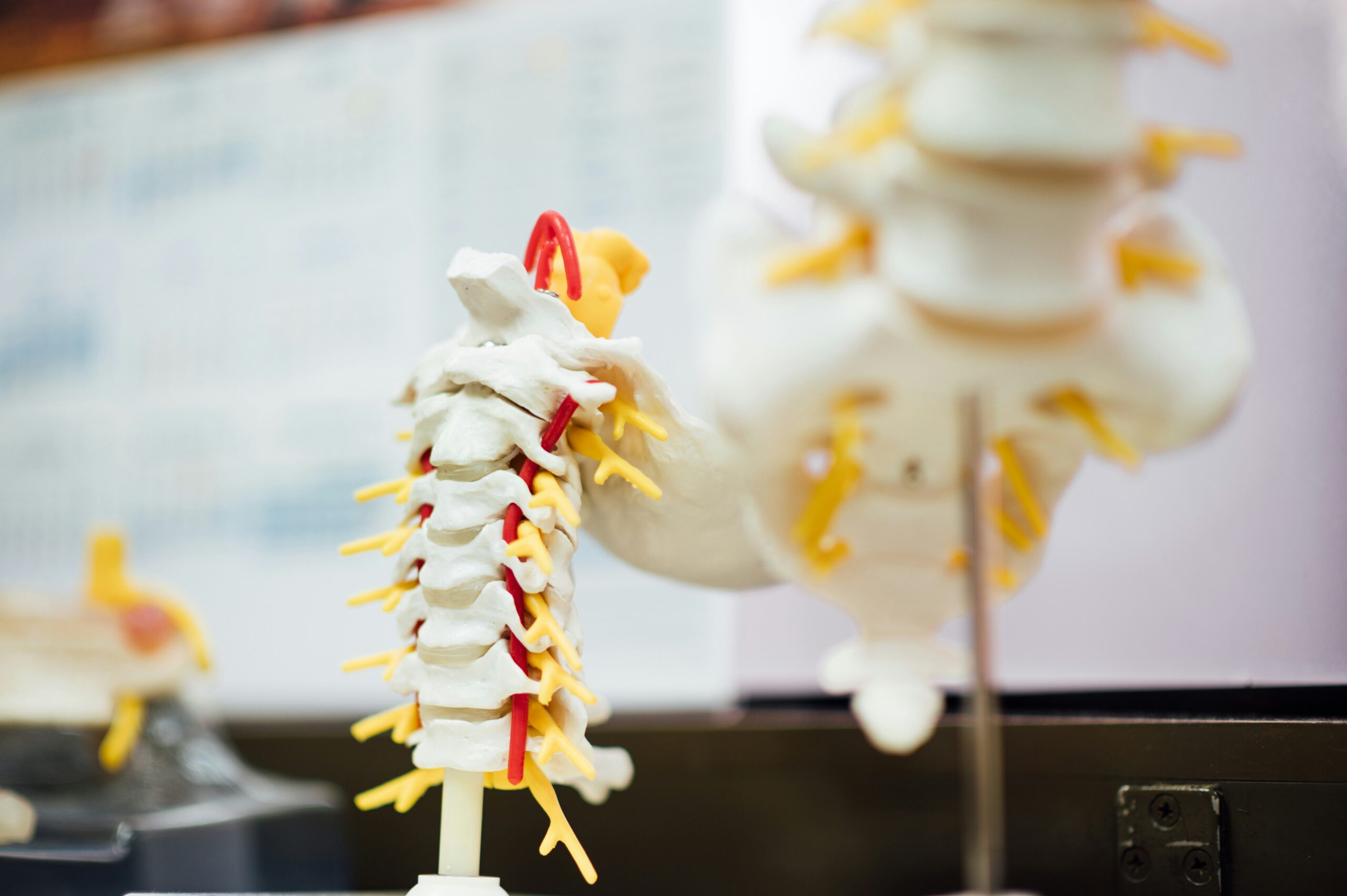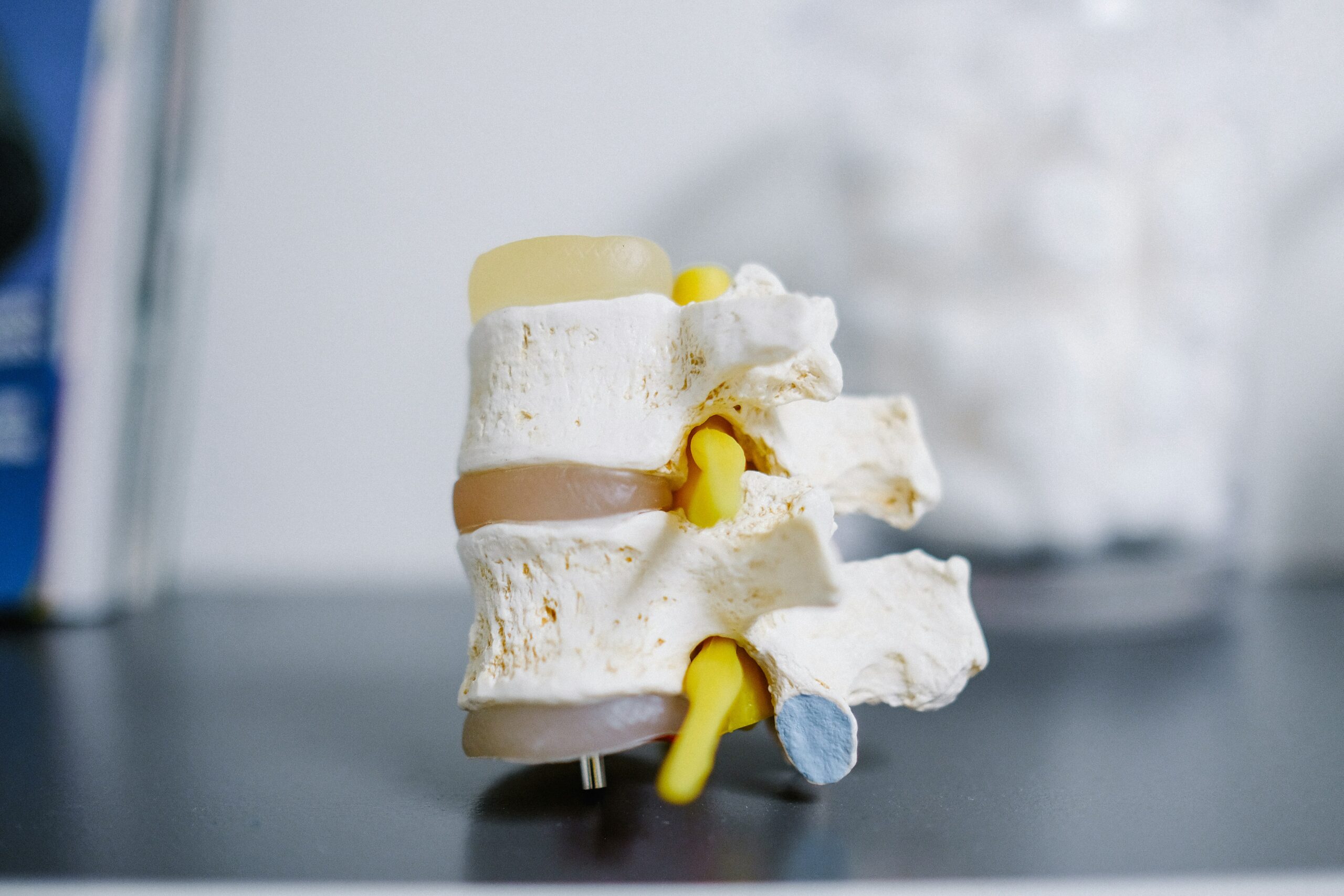Osteopenia, a condition characterized by diminished bone thickness, isn't extreme enough to be classified as osteoporosis, a condition characterized by, to some degree, delicate bones. It may be a transitional state between solid bones and osteoporosis, characterized by a slight decrease in thickness and quality (given that the bones are not too delicate).
It is comparable to the initial diminishing of bones, which isn't at a basic stage if it is regarded as the initial stage of the infection. It isn't unprecedented for people to be ignorant of their osteopenia, as there are regularly no indications. The osteopenia patients' low thickness increases their vulnerability to frequent bone delicacy and breaks.
Bones are complex structures composed of a network of minerals, such as calcium and phosphorus, associated with protein fibers. The combination of these components decides the quality and thickness of bones. The top bone density is monitored during youthful adulthood, which ordinarily happens within the 20s or early 30s. From that point forward, bone mass and consistency diminish slowly.
Patients with osteopenia have a higher rate of bone loss, which eventually results in a decreased quality of life and an increased probability of break, especially in circumstances involving movement. Osteoporosis is inadequate to account for the movement of osteopenia. Bone thickness throwing is very often regulated or improved by way of life alterations and time interventions.

Osteopenia may be a predominant condition, especially among the elderly. It is assessed that over 34 million Americans are, as of now, encountering it, as per the investigation. Moreover, postmenopausal ladies display a lack of estrogen, which is fundamental for the conservation of strong bones. Be that as it may, the guys are not avoided, as their age increases their defenselessness to shortcomings. Studies have shown that osteopenia influences more than half of ladies over the age of 50 and one-fourth of guys in this age bunch.
Be that as it may, the issue of osteopenia is related to race, especially in circumstances where dangerous components, such as lacking physical action and lacking nourishment, are shown. It has the potential to impact people of any ethnicity or legacy.
Although the reasons for osteopenia are not particularly diverse, they might include a wide spectrum of elements, including personal decisions with great basic relevance and natural aging. While the bone density acquired throughout youth serves as a buffer, the main factor causing osteopenia is the loss of this density as one ages. Because oestrogen levels drop after menopause, women's bone loss is thought to be accelerated.
Although the degree of this loss is less severe due to the decline in testosterone production![]() , aged men may also suffer a loss in bone mass. Still, the diet is also really important. Unquestionably, calcium and vitamin D are vital elements of bone strength; otherwise, bones deteriorate quickly. Unfortunately, many people find it difficult to get these nutrients in enough levels from their diets, which might cause a quick drop in bone density.
, aged men may also suffer a loss in bone mass. Still, the diet is also really important. Unquestionably, calcium and vitamin D are vital elements of bone strength; otherwise, bones deteriorate quickly. Unfortunately, many people find it difficult to get these nutrients in enough levels from their diets, which might cause a quick drop in bone density.
Apart from nutrition, lifestyle decisions include smoking, too much alcohol intake, and too much caffeine, which might affect bone density. The most important feature of the physical activity story is that a lack of exercise directly affects bone density; weight-bearing activities help to preserve bone density. Thyroid problems, chronic inflammatory illnesses, and gastrointestinal ailments affecting nutrition absorption can all lead to osteopenia. In this regard, it is also true that long-term use of several drugs, including corticosteroids, is linked to high rates of bone loss.
The most common name for this “silent” disease is osteopenia. And you do! You are because most of the time, the illness is asymptomatic during this time.
People are likely to not recognize osteopenia until a bone density test indicates that they have it. Though the bone fractures may not have occurred yet, the physician may be inclined to diagnose osteopenia if the patient experiences fractures of minor impact or together with other external factors.
In case bones start to fracture as a result of osteopenia getting to this stage, the patients will be subjected to back pain and the inability to move or postural changes. Some of the people who may have an unexpected fracture in their hip, wrist, or spine might show osteopenia symptoms at the start. If a fracture occurs from a simple fall, the rest of the body may be telling that most of the bones are weakened.
Osteopenia is not necessarily a very painful or restricting condition, but it can sometimes be a quite significant risk factor that raises the occurrence of osteoporosis. Osteoporosis is characterized by a rather wide range of the disease's severity. The aggravation of fractures, the incapability of experiencing good movement, and the main symptoms will all lead to poor mobility and autonomy.
For example, hip injuries are a very serious matter for aged people and may require surgery, which can take a great deal of time and rehabilitation. He attended a physician afterward and complained about the lower part of his back. This is what spurred the doctor to try and check if the pain encountered was due to the bruises on his spine. Well, he was told he had previous experiences of three vertebra breaks and that the phenomenon could have begun while running during high school. Minor fracture incidents can disrupt ordinary activities, evoking a decrease in physical activity and, thus, a higher possibility of further bone weakening.

Most of the time, Dual-Energy X-ray Absorptiometry (DEXA/DXA) is used to identify osteopenia. This test is a type of bone density evaluation. This scan checks bone density in several places, such as the spine, hip, and wrist, that are more likely to break because of osteopenia. The DEXA scan is an easy and non-invasive test that uses T-score data to show how dense a person's bones are, with the score of a healthy young adult serving as a measure. The doctor would say that the person has osteopenia if their T-score is between -1.0 and -2.5. A low score means you have osteoporosis.
The DEXA![]() is a popular tool in this field because it is mostly used to metabolize bone density. The test is easy to take and includes much of what you've learned in preparation, making it more accurate at measuring bone density. Comparing bone loss in three areas can help you determine density because those are the most common places for bone loss. This can also help you spot the start of osteopenia, which can cause further bone loss in the future.
is a popular tool in this field because it is mostly used to metabolize bone density. The test is easy to take and includes much of what you've learned in preparation, making it more accurate at measuring bone density. Comparing bone loss in three areas can help you determine density because those are the most common places for bone loss. This can also help you spot the start of osteopenia, which can cause further bone loss in the future.
Sometimes, doctors may recommend a quantitative computed tomography![]() (QCT) scan and a decal scan. The DXA test stands out because it takes three-dimensional pictures of the spine that are clearer than those made by other methods. This method is more pricey and not used as often as a QCT scanner, which is more sensitive and can pick up on small details.
(QCT) scan and a decal scan. The DXA test stands out because it takes three-dimensional pictures of the spine that are clearer than those made by other methods. This method is more pricey and not used as often as a QCT scanner, which is more sensitive and can pick up on small details.
Even so, some doctors may suggest a blood test to look at signs of bone change. Indicators like these don't directly measure bone density; instead, they show how fast the body breaks down and rebuilds bone tissue. This sign helps doctors determine how likely a patient will get osteoporosis in the future.
Osteopenia treatment often focuses on preventing further bone loss. It should ideally support bone density, which reduces the chance of fracture. Most therapies begin with patients changing their lifestyle by tweaking their diet, exercise routine, and workout schedule to fit with daily activities and retain the vital components for bone health.
General supplementary medications, which include calcium and vitamin D, are commonly provided to osteopenia patients. Patients can obtain an adequate amount of these elements through the foods they eat or the supplements they take. Strong bones require calcium; therefore, vitamin D increases the body's ability to absorb it.
Patients who are unable to obtain adequate nutrition from their diet may resort to supplements. Even if you are mostly stationary, you can engage in weight-bearing exercises such as walking, running, or weightlifting. Exercise has long been shown to be quite effective in supporting the long-term health of bone structures.
Resistance exercises can increase muscular strength, allowing the muscle to function as a bone defender; antioxidant yoga and tai chi help minimize falls through balancing activities. While balance activities such as yoga and tai chi are considered beneficial in preventing falls, the skeletal muscle strands in Resistance activities enhance muscular strength, acting as a shield in the bone.
If osteopenia is severe or the danger of fracture is high, drugstore medications may fall into the private section. A*********e is among the most often used inorganic bisphosphonates for reducing bone turnover and increasing bone density. A*********e is prescribed to people who have fractures or are experiencing rapid bone loss. Postmenopausal women can benefit from a SERM, which replicates estrogen's hormonal effects on bone.
Some women choose hormone replacement therapy (HRT), a treatment that allows time to slow or even stop bone loss, thereby increasing the patient's bone density. In HRT, estrogen supplementation benefits bones, which are typically the most visible symptoms of the illness. HRT is rarely administered without the “or else” assessment due to the possibility of undesirable side effects.
For disorders that progress rapidly, parathyroid hormone analogues![]() such as teriparatide, which functions as a middleman when the patient is given this drug, are added. These drugs induce bone building and, therefore, produce a favorable impact. Although they may be the correct selection in a severe osteopenia case, these drugs have historically been suggested for individuals with osteoporosis.
such as teriparatide, which functions as a middleman when the patient is given this drug, are added. These drugs induce bone building and, therefore, produce a favorable impact. Although they may be the correct selection in a severe osteopenia case, these drugs have historically been suggested for individuals with osteoporosis.
According to this delivery strategy, the D*******b medicine is also administered as a shot between two doses with a six-month break, six months apart. D*******b acts as a brake, slowing bone deterioration and allowing for bone densification. Typically, if the medicine is warranted and the patient has porosity, the injection is given at a high risk of fracture and may be followed by alternative therapy.

The forecast of osteopenia is decided by the early discovery of the condition and the changes made to one's way of life. Those who recognize it early can protect their bone mass and dodge creating the disorder. This is often in expansion to variables such as age, familial connections, and other well-being troubles. In truth, maintaining steady bone well-being is achievable for those who have osteopenia—provided that reasonable safeguards are taken.
To anticipate osteopenia, it is basic to start developing healthy behaviors at an early age. Bone density may be kept up by consuming a diet that's abundant in calcium and vitamin D, which incorporates dairy products, leafy greens, and fortified meals.
When performed on a steady premise, weight-bearing works are useful for bone quality. Due to the truth that they lead to bone corruption, intemperate yoga and liquor utilization ought to be maintained at a strategic distance. As it were, those people who have experienced screening are free of bone-related conditions, concurring with the history of the skeletal framework.
Bone thickness tests ought to be performed on a customary premise to empower the early discovery of osteopenia, especially in people who are at high risk. It is assessed that around 46 out of every 100 ladies in Singapore over 40 are affected by this ailment. Changes to one's way of life and therapeutic treatment are two more strategies that will be utilized to treat osteopenic ailments.